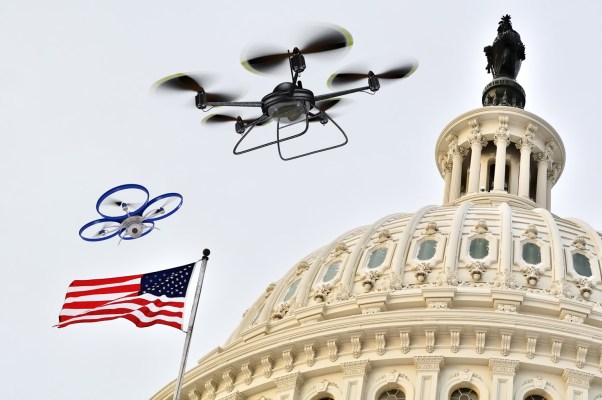A committee of industry representatives appointed by the FAA turned in recommendations suggesting a four-tiered system for classifying drones and how they may (or mayn’t) interact with crowds. The document detailing the system was acquired by the AP — the FAA declined to provide it to TechCrunch, though it should be public soon.
The rulemaking committee was established in late February, and its recommendations are not legally binding, just advisory — it’s a similar procedure to the task force that in November suggested drone registration rules.
According to the documents obtained by the AP, drones would fall into one of four categories:
Drones under 250 grams would be permitted to fly over crowds as long as the manufacturer demonstrates that the chance of injury from collision is insignificant (under a 1 percent chance). These little guys would have no height restrictions.
Consumer drones like the popular DJI phantom would have to show a similarly low risk of injury if they are to be flown over people, and they would have to stay 20 feet above their heads.
A third category would be for industrial or commercial drones that fly over people who know the risk — contractors overseeing the survey of a property, or a film crew working on an aerial shot. A 30 percent maximum risk of serious injury at maximum force applies here (so wear a helmet).
The last category would be for sustained flights over crowds — serious extended flights for filming concerts, doing news reporting and that sort of thing. These would have that higher injury risk, but would have to have a “congested area plan” for safely exiting an area of operation should something go wrong.
More specific language and descriptions will surely be found in the document itself as soon as it is published — and the FAA will likely chime in, as will groups like the Academy of Model Aeronautics and the newly formed Small UAV Coalition.
